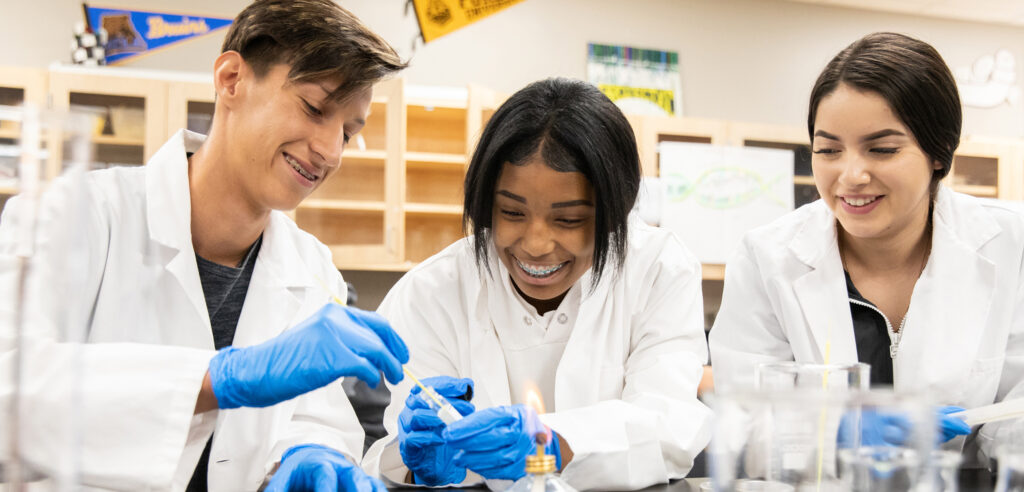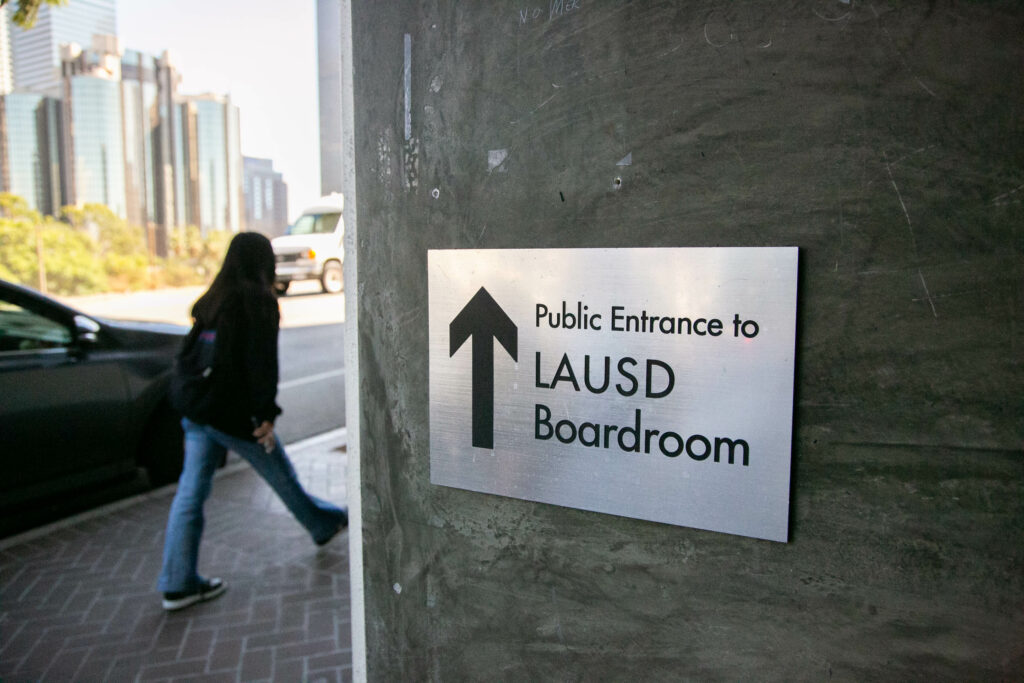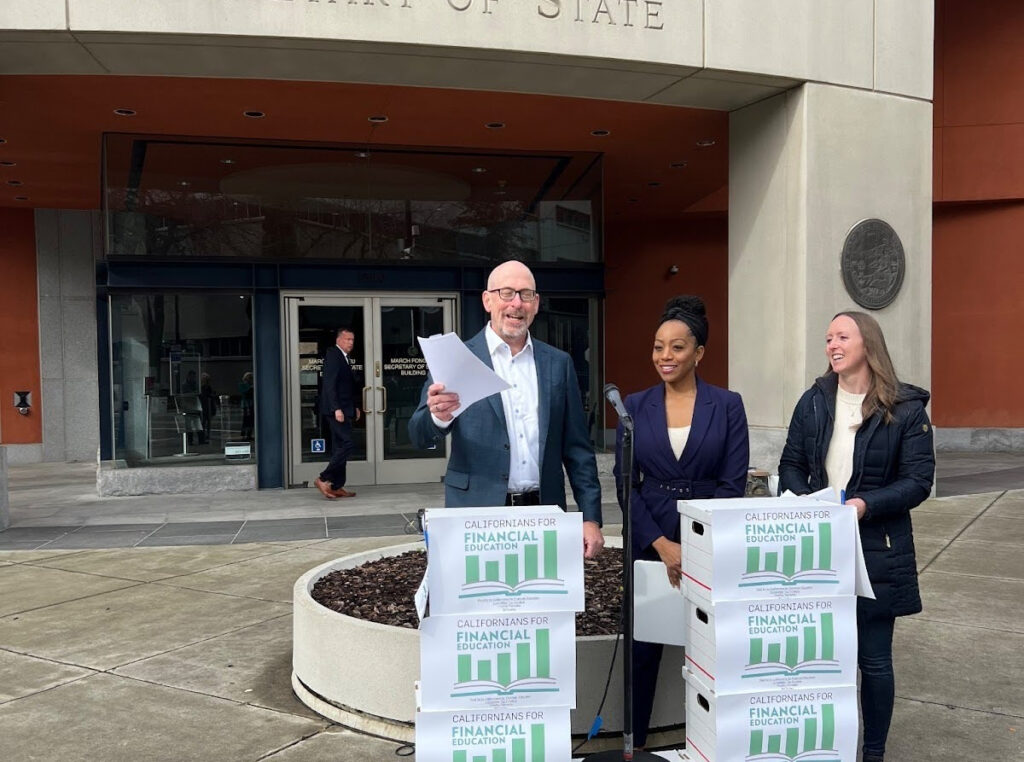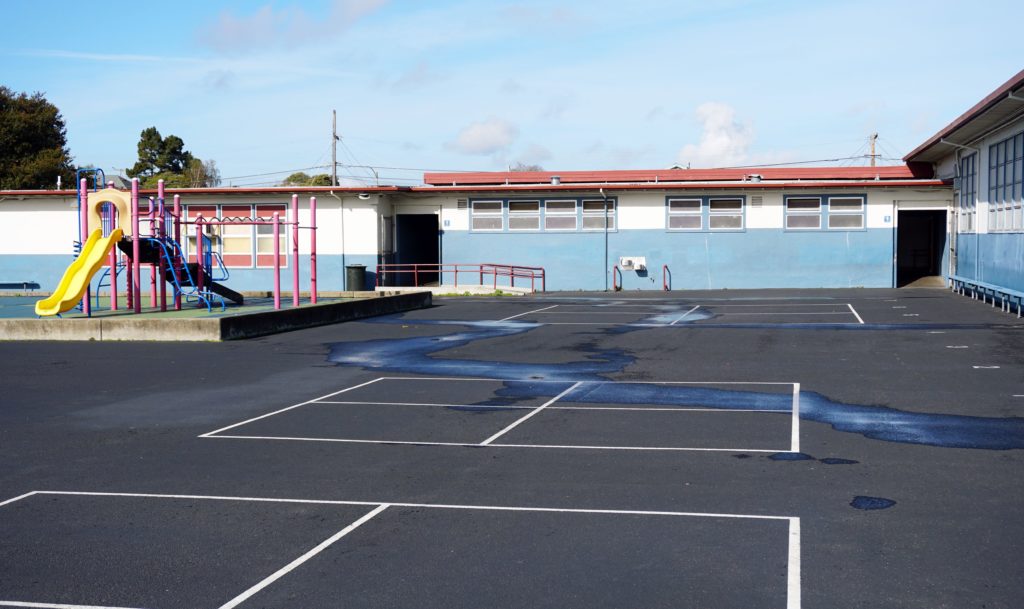
hept27 / iStock
Este artículo está disponible en Español. Léelo en español.
Over 3.6 million school-aged children across the state qualify for at least $500 in savings with the California Kids Investment and Development Savings program (CalKIDS), a state initiative to help children from low income families save money for college or career.
However, many families are unaware of CalKIDS or face challenges accessing the accounts once they learn of them. The money is automatically deposited into the savings account under a student’s name, but families must claim the accounts by registering online.
Here is information you should know about the state-funded accounts:
What is CalKIDS?
The CalKIDS program was created to help students, especially those from underserved communities, gain access to higher education. It helps families save for post high school training by opening a savings account and depositing between $500 and $1,500 for eligible low-income students in the public school system. Gov. Gavin Newsom, who launched the program in August 2022, invested about $1.9 billion in the accounts.
Who qualifies?
Low-income students and all newborns qualify.
According to program details, low-income public school students are awarded $500 if they:
- Were in grades 1-12 during the 2021-22 school year
- Were enrolled in first grade during the 2022-23 school year, or
- Will be in first grade in subsequent school years.
An additional $500 is deposited for students identified as foster youth and another $500 for students classified as homeless.
For newborns,
- Children born in California after June 2023, regardless of their parents’ income, are granted $100.
- Those born in the state between July 1, 2022, and June 30, 2023, were awarded $25 before the seed deposit increased to $100.
- Newborns get an additional $25 when they claim the account and an additional $50 if parents link the CalKIDS account to a new or existing ScholarShare 529 college savings account.
The California Department of Education determines eligibility based on students identified as low income under the state’s Local Control Funding Formula or English language learners. The California Department of Public Health provides information on newborns.
How can students use the money?
The money can be used at eligible higher education institutions across the country, including community colleges, universities, vocational or technical schools and professional schools, according to CalKIDS.
The funds can be used for: tuition and fees, books and supplies, on or off-campus room and board as well as computer or other required equipment, according to the CalKIDS program guide.
Click here to search for schools that qualify as an eligible higher ed institution.
Does the CalKIDS account have restrictions similar to those for a 529 savings account?
CalKIDS accounts are a part of the ScholarShare 529 program — California’s official tax-advantaged college savings plan — and administered by the state’s ScholarShare Investment Board.
Transportation and travel costs are usually not considered qualified expenses for 529 savings accounts.
According to the guide for CalKIDS, if a student has no account balance with their higher education institution — which receives the CalKIDS distribution check — the institution can pay the funds directly to the student.
Does the money in the CalKIDS accounts earn interest?
The deposits grow over time because CalKIDS accounts are interest-bearing.
How aggressive that growth is depends on the age of the student, said Joe DeAnda, communications director with the California State Treasurer’s Office, which oversees the CalKIDS program.
“If it’s a newborn, (the seed deposits are) invested in a fairly aggressive portfolio that assumes 18 years of investing time,” DeAnda said. “If they are school-aged, they’re invested in a more conservative portfolio that assumes a shorter investing timeline and is a more secure portfolio.”
Even among students, the younger a child is, the more aggressive the savings portfolio will be. The investment provides “opportunity to grow savings while the child is younger and better safeguard savings against market fluctuations when the child nears college age,” according to the CalKIDS program guide.
Specifically, accounts for newborns, each new class of first graders and students in grades 1-5 during the 2021-22 school year are invested in a portfolio that corresponds to the year that they’re expected to enter a program after high school, or at age 18. The portfolio will become more conservative as the child gets older.
For students in grades 6-12 during the 2021-22 school year, the accounts are invested with a guaranteed, or fixed, rate of return on the investment.
Can I add to the account?
No, you cannot add money to the CalKIDS account. Parents or guardians can open a ScholarShare 529 account, which can be linked to the CalKIDS account so they can view the accounts in one place.
In fact, CalKIDS encourages families to open a ScholarShare 529 college savings account, which is a way for families to save even more money for their children, DeAnda said.
What if my student already graduated? What happens to unclaimed money?
The accounts remain active under a student’s name until the student turns 26 years old. Up until that age, students can claim the money.
If the account is not claimed by age 26, the account closes, and the money is reallocated to others in the CalKIDS program, DeAnda said.
What if I’m not sure if my child is considered low income?
CalKIDS has sent notification letters of program enrollment to over 3.3 million eligible students and nearly 270,000 students in last school year’s class of first graders.
Without the letters, to check student eligibility, families must enter students’ Statewide Student Identifier (SSID), a 10-digit number that appears on student transcripts or report cards, according to the CalKIDS website.
The California Department of Education provides CalKIDS with data on first graders in the late spring or early summer and asks parents to wait until then before checking for their child’s eligibility.
How do I access that SSID number to check eligibility or to register the account?
The SSID may be found on the parent’s or student’s school portal, transcript or report card.
The CalKIDS website instructs families to contact their child’s school or school district if they’re unsure of how or unable to locate the number.
How do I access or ‘claim’ the account?
The notification letter that CalKIDS sends families contains a unique CalKIDS Code that can be used to register the accounts. Even without the code, families can register the accounts.
To claim the student account:
- Visit the CalKIDS registration page to claim the account. Click here to register.
- Enter the county where the student was enrolled (for a student in grades 1-12 in the 2021-22 school year; for a first grader, where the student was enrolled in 2022-23 or subsequent years)
- Enter student’s date of birth
- Enter the SSID or CalKIDS Code from the notification letter
- Click Register
- Set up the account, either as the child or as the parent/guardian, with a username and password
To claim the newborn account, which should be available about 90 days after birth:
- Visit the CalKIDS registration page to claim the account.
- Enter the county where the child was born
- Enter child’s date of birth
- Enter the Local Registration Number on the child’s birth certificate or CalKIDS Code from the notification letter
- Click Register
- Set up the account, either as the child or as the parent/guardian, with a username and password
I still need help. How do I get additional support?
Contact CalKIDS at (888) 445-2377 or https://calkids.org/contact-us/
How does my high school graduate make a withdrawal to use the money?
According to the CalKIDS program guide, to request a distribution, log into the claimed CalKIDS account and request a distribution, which doesn’t have to be for the entire amount. The funds are tax-free for the qualified expenses of tuition, books, fees, computers and equipment.
The student must be at least 17 years old and enrolled at an eligible institution.
The CalKIDS money, which will be sent to the institution, is considered a scholarship from the state of California.



















